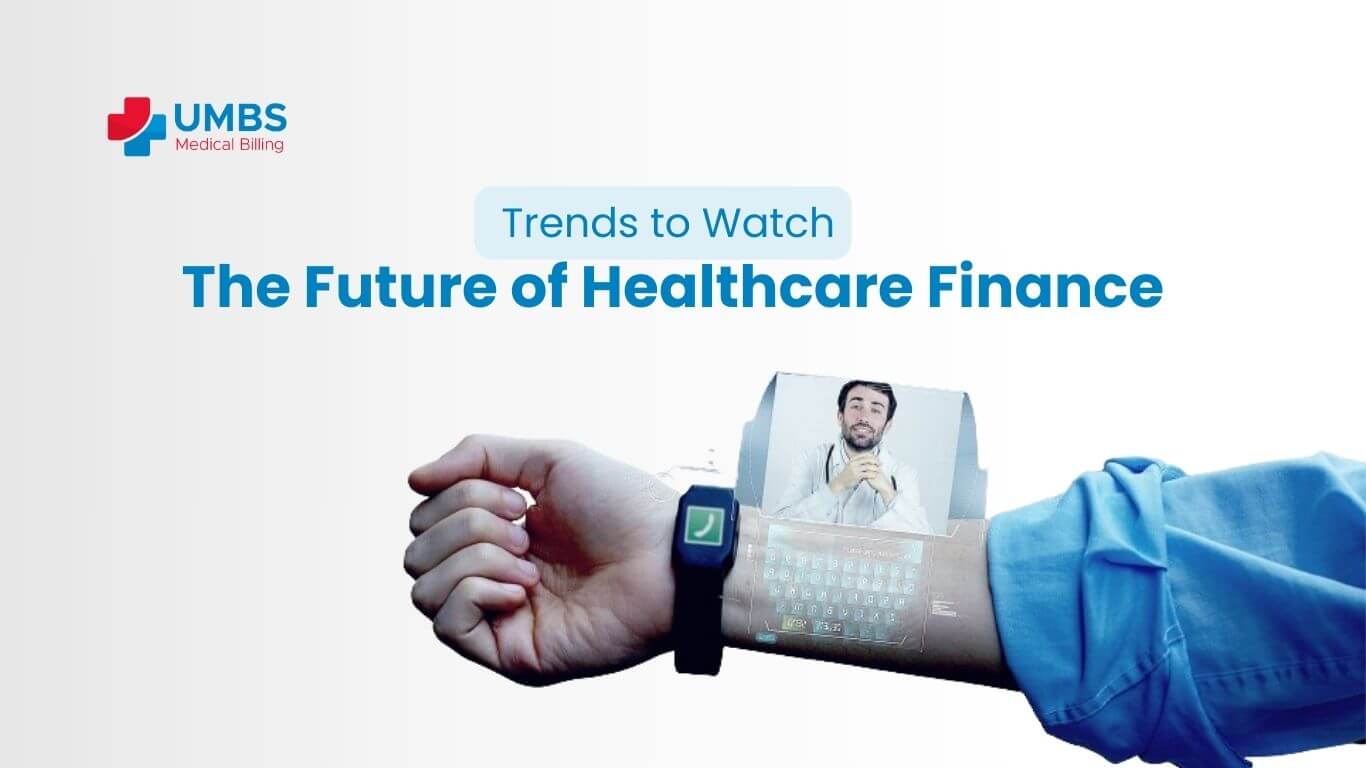The landscape of healthcare finance is evolving at a rapid pace, driven by technological advancements, regulatory changes, and shifting patient expectations. Staying ahead of these trends is crucial for healthcare providers, payers, and administrators to navigate the complex world of healthcare finance effectively.
In this insightful exploration, we’ll delve into the emerging trends that are shaping the future of healthcare finance and the strategies needed to thrive in this dynamic environment.
Value-Based Care Models
In value-based care, providers are increasingly measured by patient outcomes. This shift emphasizes the importance of delivering effective and efficient care to improve patient health and satisfaction.
Value-based care often involves risk-based contracts with payers. Providers may need to adapt to varying payment structures, such as shared savings or global capitation, which require a strong focus on cost management.
Also Read: Streamlining Operations: Efficient Accounts Receivable Management
Telemedicine Integration
Telemedicine is expanding beyond virtual consultations to include remote monitoring and chronic care management. Providers must navigate the complexities of billing for these services while ensuring compliance with telehealth regulations.
Payers are continually updating their policies for telemedicine reimbursement. Staying current with these changes is vital for maximizing revenue from virtual care.
Data Analytics and Predictive Insights
Healthcare organizations are harnessing big data analytics to gain insights into patient populations, predict disease trends, and identify opportunities for cost savings.
Data analytics can also be applied to revenue cycle management, helping organizations identify inefficiencies in billing and coding processes and reduce claim denials.
Consumerism in Healthcare
Patients now have access to price transparency tools that allow them to compare healthcare costs. Healthcare providers must respond by offering competitive pricing and clear financial information to patients.
Engaging patients in discussions about costs and financial options is becoming a fundamental aspect of care. Providers should be prepared to address patient financial concerns while delivering quality care.
Regulatory Changes and Compliance
Keeping up with regulatory changes such as the Medicare Access and CHIP Reauthorization Act (MACRA) and the Merit-Based Incentive Payment System (MIPS) is essential. These programs tie reimbursement to performance metrics, requiring providers to meet specific quality and cost targets.
Regularly updating coding practices to align with changes in the International Classification of Diseases (ICD) system is crucial for accurate billing.
Payment Reform
Alternative Payment Models (APMs): APMs, including bundled payments and accountable care organizations (ACOs), introduce new payment structures. Healthcare organizations must adapt to these models, which often involve sharing financial risk with payers.
Outsourcing Revenue Cycle Management (RCM)
Outsourcing RCM services to specialized providers like United Medical Billing Solutions can provide access to expert knowledge while reducing in-house administrative costs.
Price Negotiations and Transparency
Some healthcare organizations are employing patient financial advocates to assist patients in navigating the complexities of healthcare pricing and insurance negotiations.
Transparency in billing, including providing upfront estimates of costs, can improve patient trust and satisfaction.
Also Read: The Impact of Telemedicine on Revenue Cycle Management
Conclusion
The future of healthcare finance is dynamic and multifaceted. Embracing these trends and proactively addressing the associated challenges will be essential for healthcare organizations to thrive in the evolving landscape. By staying informed, leveraging technology, and maintaining a patient-centric focus, healthcare providers and payers can navigate these changes successfully, ensuring financial stability while delivering high-quality care.






